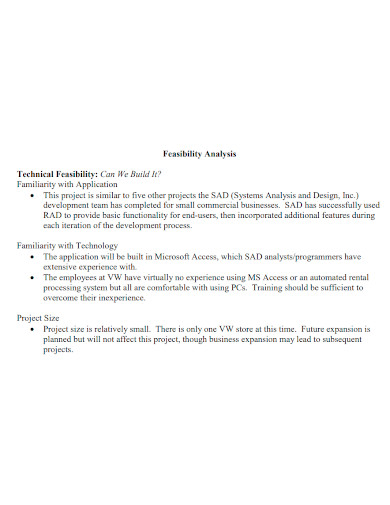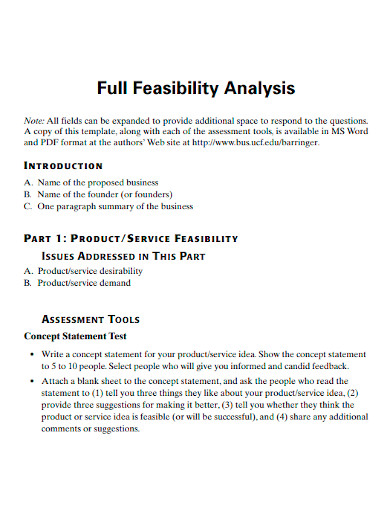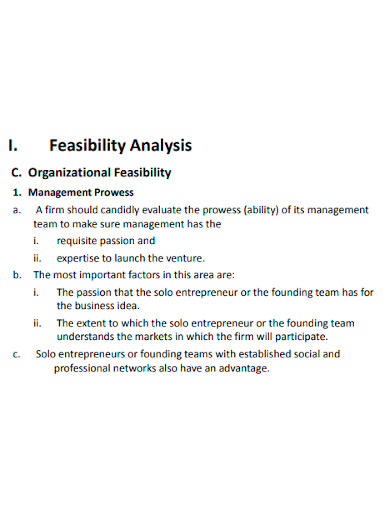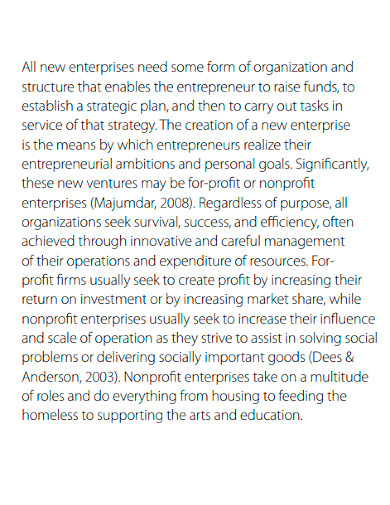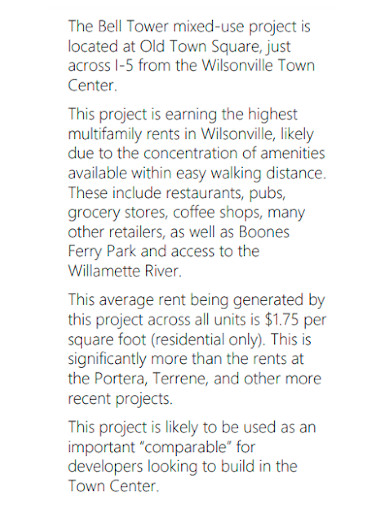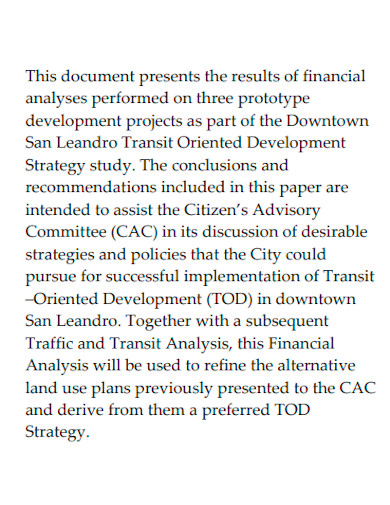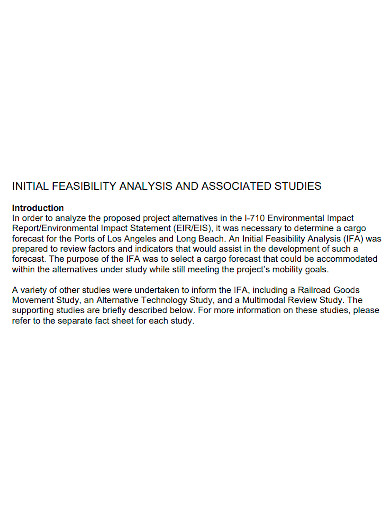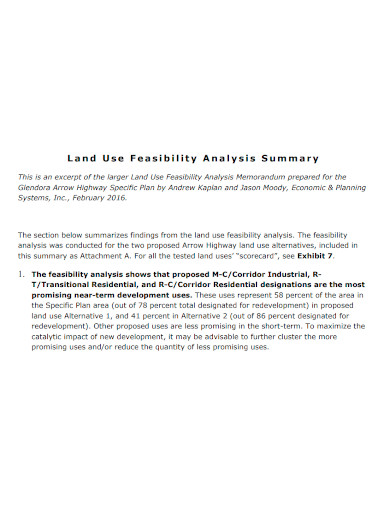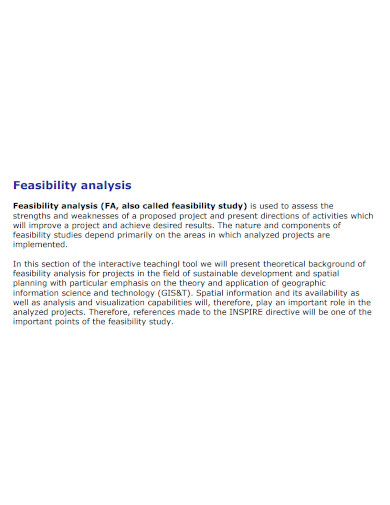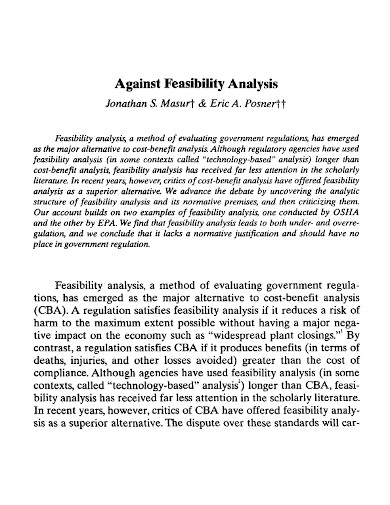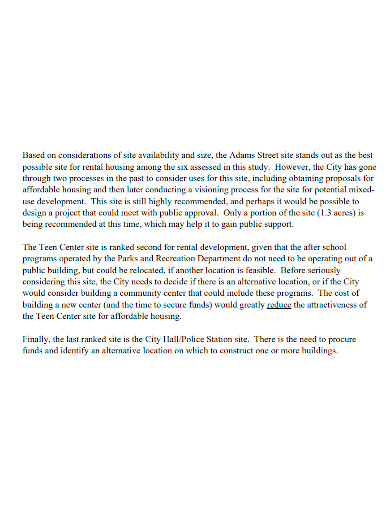Any project from all sorts of shapes and sizes require time, effort, and resources. In project development, of course project coordinators such as yourself would not want to see the venture fail. First and foremost, before development actually begins, it is generally best to know whether a project is feasible or not. To be able to set parameters for any potential problems you may encounter along the way and find solutions for the problems that you have in your project right now. The best way to find out if a project is feasible or not is by drafting a Feasibility Analysis. This document makes sure that you don’t waste too much time and resources on something that may ultimately fail through development.
Drafting a feasibility study may not be easy for everyone. It requires quite a handful of data collection and analysis. It’s certainly and undertaking that requires a lot of commitment to ensure the best results are being presented to the project heads and investors. The fate of the project lies upon this document, so it is best to draft the analysis in the best way possible. To help you write your feasibility analysis well, we have several examples listed below that you can study and take example of to ensure that your feasibility report if of top quality.
10+ Feasibility Analysis Samples
1. Feasibility Analysis Sample
2. Full Feasibility Analysis
3. Entrepreneurship Feasibility Analysis
4. Nonprofit Enterprise Feasibility Analysis
5. Development Feasibility Analysis
6. Financial Feasibility Analysis
7. Initial Feasibility Analysis
8. Feasibility Analysis Summary
9. Standard Feasibility Analysis
10. Against Feasibility Analysis
11. Feasibility Analysis Format
What Is a Feasibility Analysis?
A Feasibility Analysis or a feasibility report is an essential document of the initial stages of a project or plan. It aims to identify, explore, and evaluate the project’s solutions and alternatives preemptively to save time and resources. To see if a project is worth the investment. In some cases, a project may not be feasible, and there are actually a lot of reasons for this, one may be the over-demand of resources, which not only takes the share of other projects, but also hinders the development of the company itself. Costing more than what the company would earn from a project that is not profitable at all.
Feasibility reports also assess the opportunities and threats present in the natural environment. A well written feasibility report should offer a historical background of the company or a project. With descriptions of the products and services, accounting statements, marketing, policies, finances, tax, tax reports, details of operations, and more. Overall, feasibility reports are an assessment of the practicality of a project, plan, or venture.
How to Write a Feasibility Analysis
Regardless of shape, size, type, and scale of a venture or project, there are several key steps to consider in drafting a feasibility analysis. Since the document is usually used to sway decision makers towards making a decision one way or the other, you have to make sure that your document can help them make a decision that’s backed up by facts and sufficient information. These key steps will be discussed in more detail below.
- Write the project description
First and foremost, you have to make sure to include the background of your project in the project description. State what your company needs and what services the project aims to promote. As it serves as an introduction, the description should be convincing and compelling enough to make them want to continue reading your analysis. Tell them what they would personally gain or as an organization should your work be taken into consideration. - Describe possible alternatives for the project
To successfully conduct this step, you have to perform an alternatives analysis to make a background for all the possible solutions that you have come up with for the project. These solutions are tentative actions or procedures that you can consider using during project development. - List evaluation constraints
After having describes that possible solutions or alternatives, you have to put those alternatives against a set of evaluation criteria that you should have been able to formulate. This should help in isolating the best possible alternative that you can take, granted that it fits the parameters set by your criteria. Mapping out the criteria of the ideal outcome that you are after will allow you to make the most practical, logical, and informed decision for your project. - Propose the most feasible solution
After isolating the best alternative, use your experience and expertise in the field to present the best option in the best and most convincing way possible. Ensure that your investors or project heads realize that this solution will let the company stick to optimal resource distribution while still gaining the best possible benefits. - Conclusion
The last and final step in writing a feasibility report is writing your conclusion. You can easily do so by summarizing the project’s aim and purpose and also re-stating the best possible alternative for the success of the project. Explain why the company is only right to choose your proposal by comparing data and statistics from other similar ventures. Help them realize that your idea is what they are looking for. Also include the alternatives or Plan B’s that you have come up with. How these alternatives have been properly and thoroughly evaluated and which alternative fit the organization best.
FAQs
Why is a feasibility study important in a project?
Feasibility studies, reports, and analyses are important to help discern the pros and cons of undertaking a project before much investment has been made. This also provides crucial information that could prevent the company from carelessly entering a risky venture.
What is a project report?
Project reports are documents that provide details and information on the overall picture of a proposed business. It should give an account of the project proposal to identify the prospects of the proposed project.
What is the purpose of a report?
Reports communicate the compiled information as a result or data analysis or research. Reports can be for a wide range of topics as long as it transmits all the necessary information it needs to transmit.. Well written reports are documents that are accurate, objectives, and complete.
The importance of a feasibility analysis rely on the organization’s willingness to get the project right. It uncovers new ideas that could potentially change the direction of the entire project or sometimes even the whole company itself. It’s best to make these decisions in advance rather than winging it as you go only to discover that the project won’t work. Feasibility analyses are always beneficial as it gives you and the stakeholders a clear picture of what’s to be accomplished and how you mean to accomplish it.
Related Posts
FREE 10+ Rhetorical Analysis Samples in PDF
FREE 10+ Analysis of Alternatives Samples in PDF
FREE 10+ Failure Mode and Effects Analysis Samples in PDF
FREE 10+ Make or Buy Analysis Samples in PDF
FREE 10+ Fishbone Root Cause Analysis Samples in PDF
FREE 11+ Cost Volume Profit Analysis Samples & Templates in PDF | MS Word
FREE 6+ Corporate Portfolio Analysis Samples in PDF
FREE 10+ Fault Tree Analysis Samples in PDF
FREE 10+ Comp Analysis Samples in PDF
FREE 10+ Fishbone Analysis Samples in PDF
FREE 10+ Individual Swot Analysis Samples in PDF
FREE 10+ 5 Year Analysis Samples in PDF
FREE 10+ Benefit Costs Analysis Samples in PDF
FREE 10+ Job Hazard Analysis Samples in PDF
FREE 10+ Primary Source Analysis Samples in PDF

